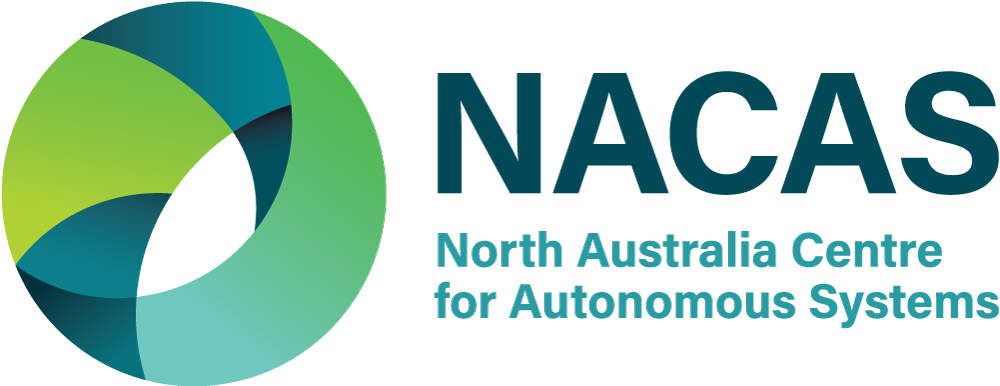
Drone transport
The use of Remotely Piloted Aircraft (RPA) to transport goods and people over broad distances is rapidly becoming a reality. This disruptive technology has the potential to solve many of the infrastructure challenges of living and working in remote northern Australia. However, the incorporation of RPA into existing transport infrastructure presents significant constraints, challenges, and risk. Here at NACAS, we are working with government and non-government partners to solve the many regulatory and logistical constraints to enable this next-generation workforce.
Integrating RPAS into healthcare supply chains
The delivery of timely and effective healthcare services can be a severe challenge in remote and regional northern Australia. This is due to the vast distances between populations centres, high infrastructure costs, and the challenges of a tropical climate. We have partnered with the Northern Territory Department of Health, the iMOVE Cooperative Research Centre, and UAV Hover to solve the logistical and regulatory barriers limiting RPAS integration into the Northern Territory healthcare supply chain. Our goal is to supplement existing medical transport infrastructure across northern Australia with a low-cost fleet of on-demand drones.
Assessing the perceptions and benefits of using RPAS in community healthcare
In partnership with Top End Health Services and Red Lily Aboriginal Health Board Corporation, and funded by the CRC for Developing Northern Australia, this project will bring together cultural, health, socio-economic, specialists to assess the economic, social and health benefits of incorporating RPAS into the healthcare delivery model for remote and very remote indigenous communities in the West Arnhem region. The study will also aim to investigate the awareness, perception and support of indigenous communities to develop culturally safe strategies for implementing RPAS technology into community healthcare.


